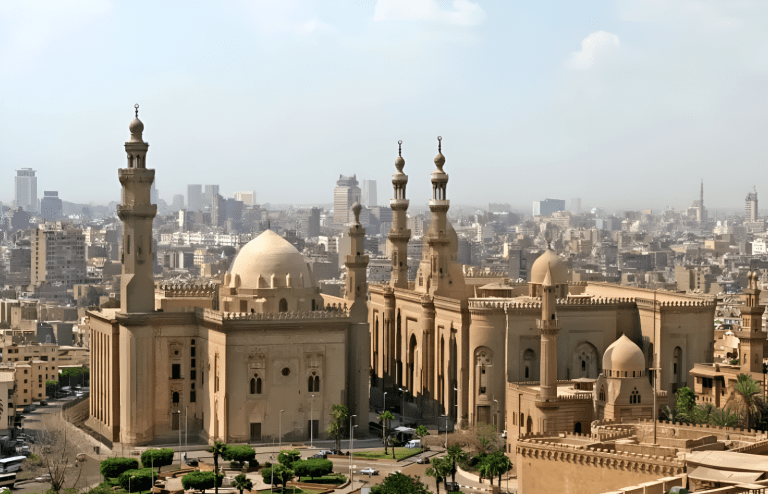From the labyrinthine alleys of Damascus to the coral-stone facades of Jeddah’s Al-Balad, the Arab world is home to some of humanity’s oldest and most breathtaking urban legacies. Across the Middle East and North Africa, entire cities stand as open-air museums—preserving the stories of ancient empires, early Islam, and millennia of trade and cultural exchange.
UNESCO’s World Heritage List captures these living records of civilization, honoring not only their architecture and archaeology but also the communities that keep their spirit alive.
Islamic Cairo (Egypt)
Inscribed in 1979, Historic Cairo is one of the world’s oldest Islamic cities, a vibrant maze of mosques, madrasas, caravanserais, and fountains dating back over a millennium. From the Citadel to Al-Muizz Street, the area preserves the architectural and cultural heart of medieval Egypt.
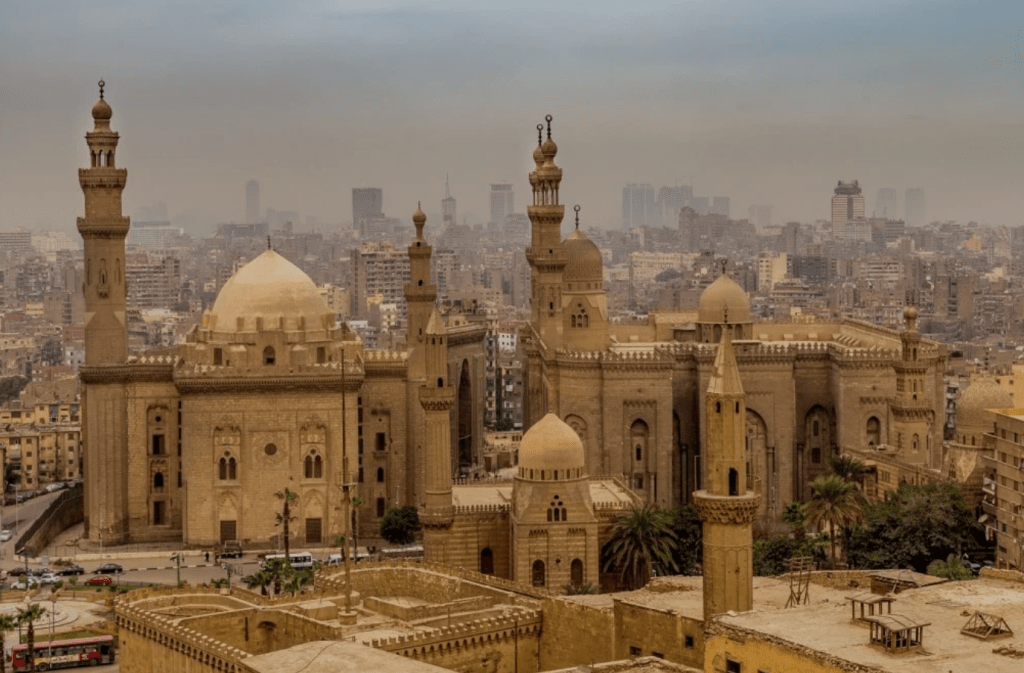
Ancient Thebes with its Necropolis (Luxor, Egypt)
Inscribed in 1979. Once the glorious capital of ancient Egypt, Thebes—today’s Luxor—embodies the grandeur of the New Kingdom. Its sprawling temple complexes at Karnak and Luxor, along with the royal necropolises of the Valley of the Kings and Queens, stand as eternal testaments to the artistic, religious, and political achievements of Egypt’s golden age.
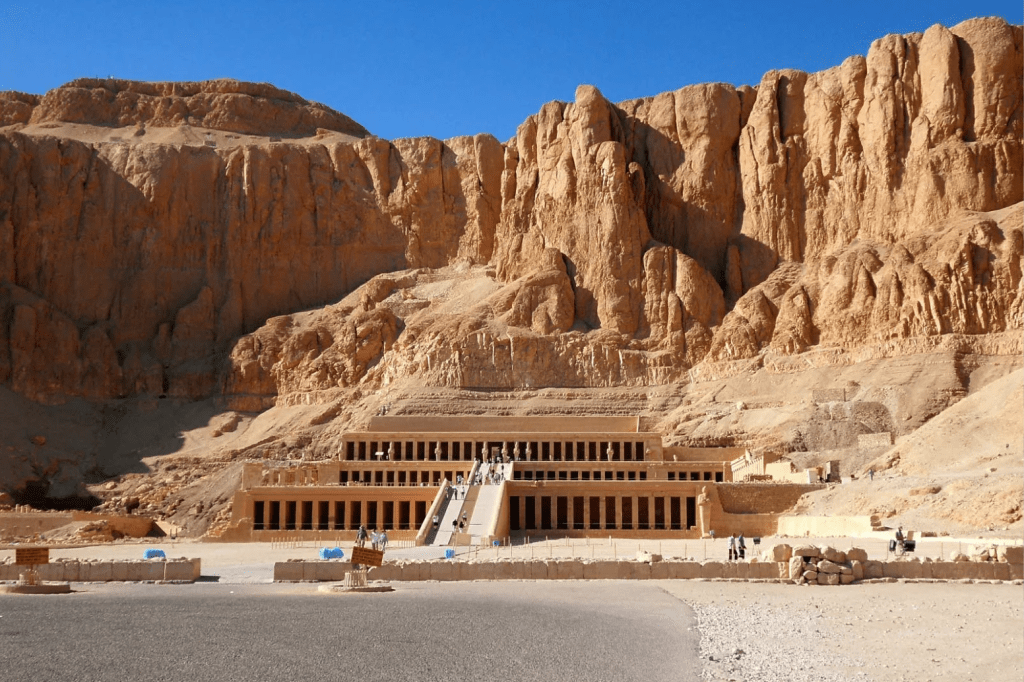
Ancient City of Damascus (Syria)
Inscribed in 1979. One of the world’s oldest continuously inhabited cities, Byblos bears witness to over seven millennia of civilization. From its ancient Phoenician harbor and Roman amphitheater to its medieval citadel and Ottoman souks, the city stands as a living timeline of Mediterranean history and cultural exchange.
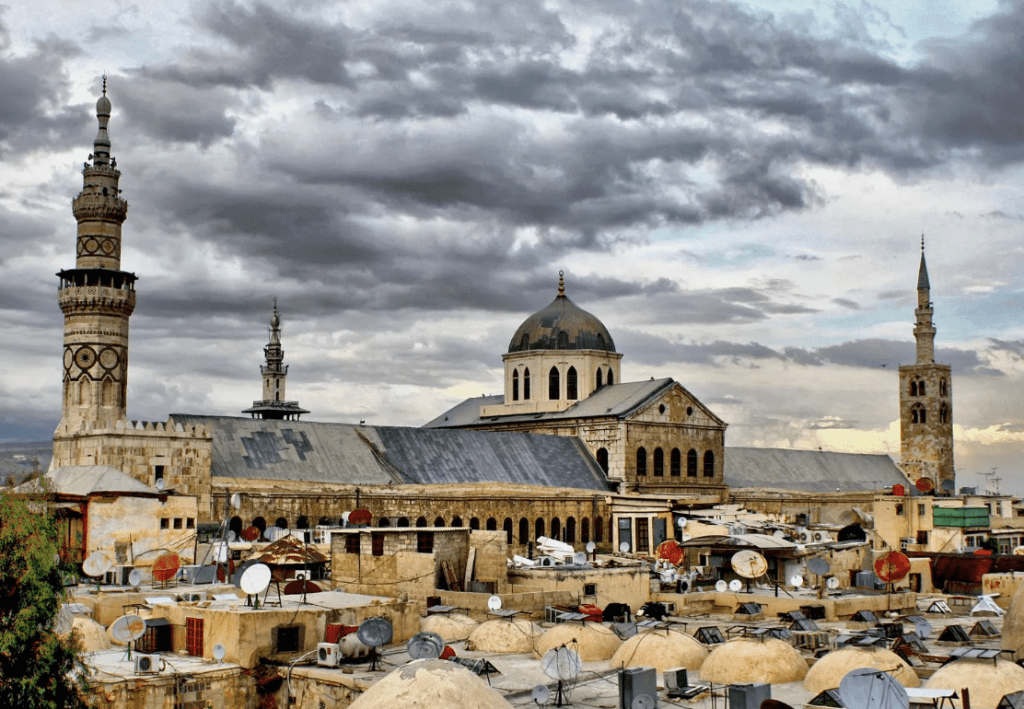
Historic Jeddah (Saudi Arabia)
Inscribed in 2014. Once a vital Red Sea port linking Arabia to Africa and Asia, Jeddah’s historic quarter, Al-Balad, reflects centuries of maritime trade and cultural exchange. Its coral-stone houses, wooden lattice balconies (rawasheen), and bustling narrow alleys capture the spirit of the Hijaz, preserving the city’s role as both a commercial hub and a gateway for pilgrims journeying to Makkah.
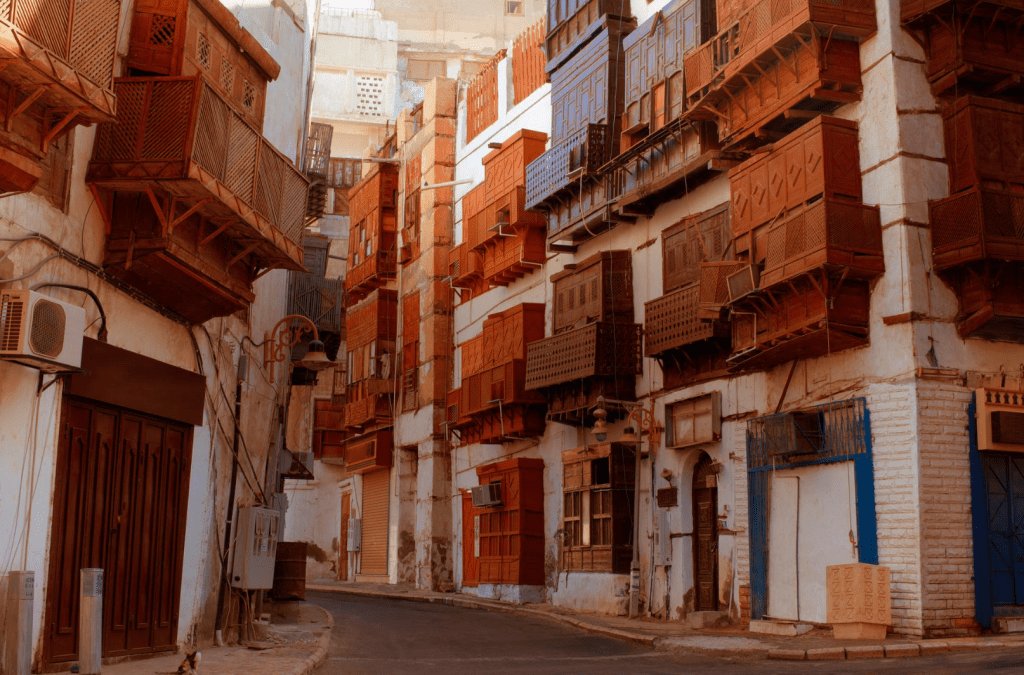
Kairouan (Tunisia)
Inscribed in 1988. Founded in the 7th century, Kairouan is one of the earliest and most influential centers of Islamic civilization in North Africa. Its beautifully preserved medina, imposing city walls, and the Great Mosque of Kairouan—one of Islam’s oldest places of worship—embody the spiritual and architectural legacy that earned the city its revered status.
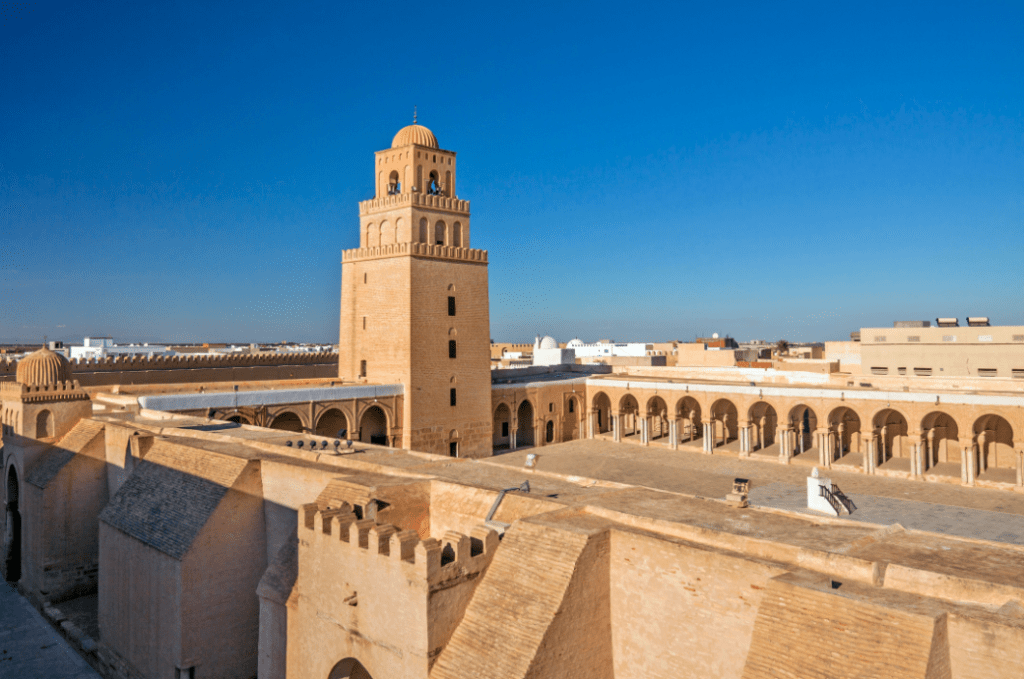
Al-Faya (Sharjah, UAE)
Inscribed in 2025. While primarily an archaeological landscape rather than a living city, this site reflects the UAE’s growing commitment to uncovering and safeguarding early evidence of human settlement and adaptation to harsh desert environments—offering a deeper understanding of the region’s prehistoric heritage.
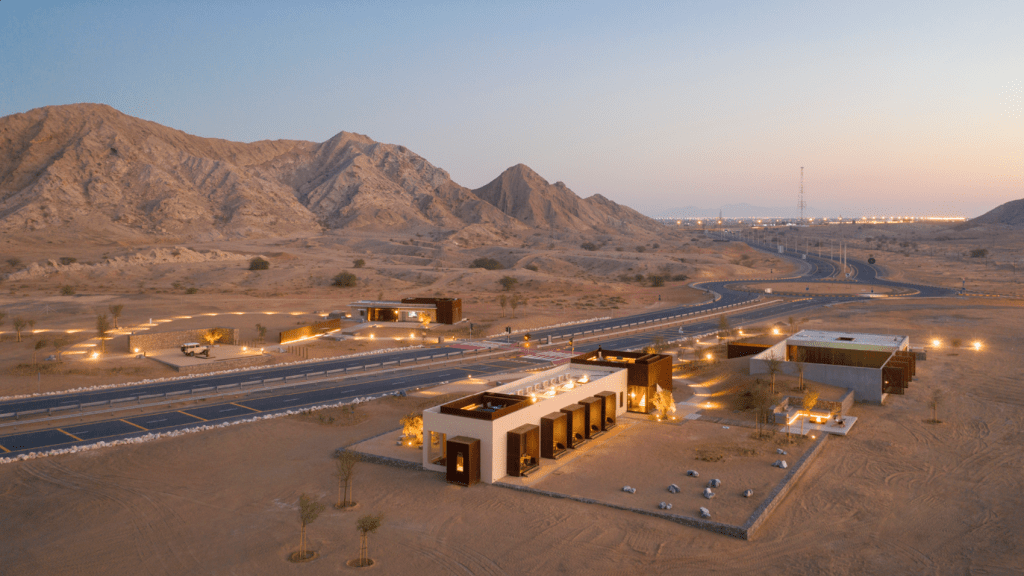
Baalbek (Lebanon)
A site with origins as a Phoenician cult center, Baalbek became known as Heliopolis during the Hellenistic period and later grew into one of the most impressive religious complexes of the Roman Empire. Its massive Temple of Jupiter, the exquisitely detailed Temple of Bacchus, and the Temple of Venus remain among the best-preserved examples of Imperial Roman architecture. These sanctuaries reflect both the spiritual traditions of the Phoenician past and the monumental ambition of Rome at its height.
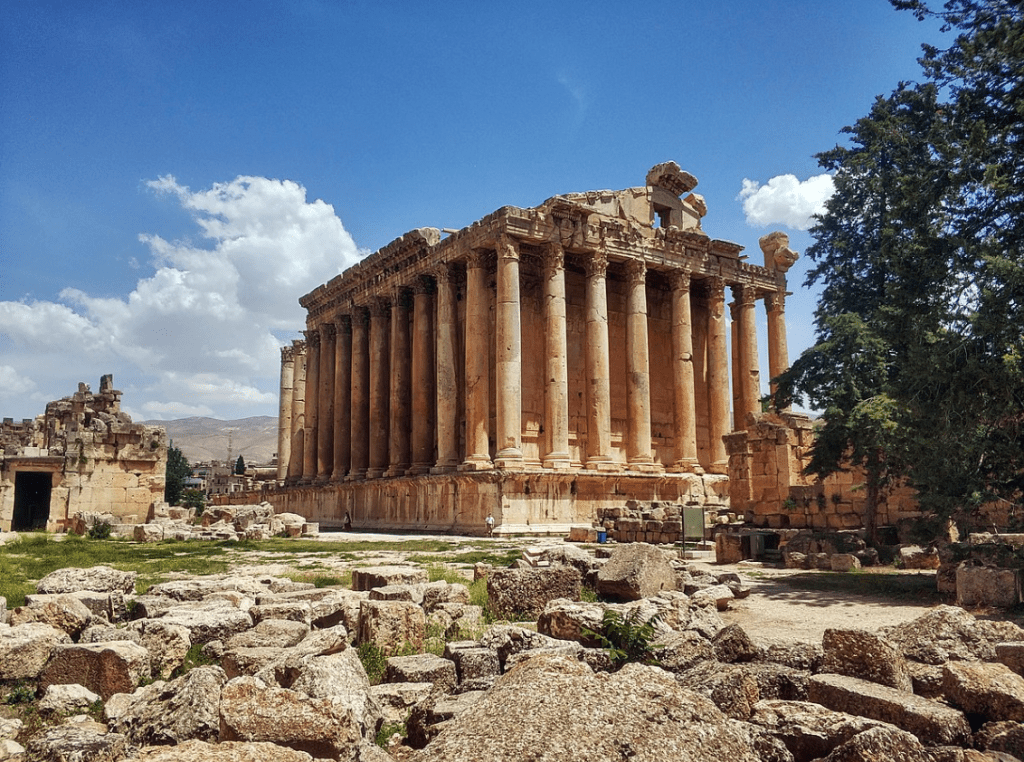
Together, these UNESCO-listed Arab cities form a tapestry of continuity and resilience. They remind us that heritage is not frozen in time—it evolves with those who inhabit and protect it. Whether it’s the rebirth of Aleppo’s old souks, the restoration of Kairouan’s mosques, or the renewed vibrancy of Diriyah’s mudbrick walls, the preservation of these cities ensures that the story of the Arab world remains vividly alive—etched into stone, sound, and soul.
WE ALSO SAID THIS: Don’t Miss.. Four UAE Cities Make It To Top Ten Safest Cities In The World; Are You Living In Them?


